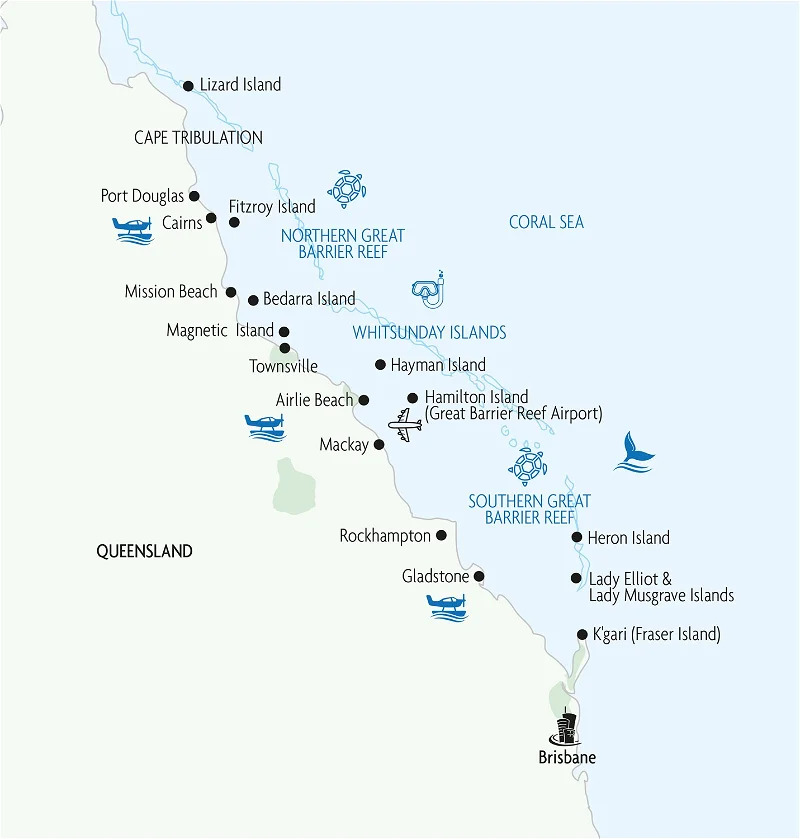Scuba Diving In The Great Barrier Reef - From Vibrant Reefs To Historic Shipwrecks
Embark on an extraordinary underwater journey as we delve into the world of scuba diving in the Great Barrier Reef. Stretching over 2,300 kilometers along the northeastern coast of Australia, the Great Barrier Reef stands as the largest living structure on Earth. Its mesmerizing beauty and remarkable biodiversity make it a sought-after destination for divers from around the globe.
Author:Jane RestureJun 01, 202321.8K Shares428.9K Views
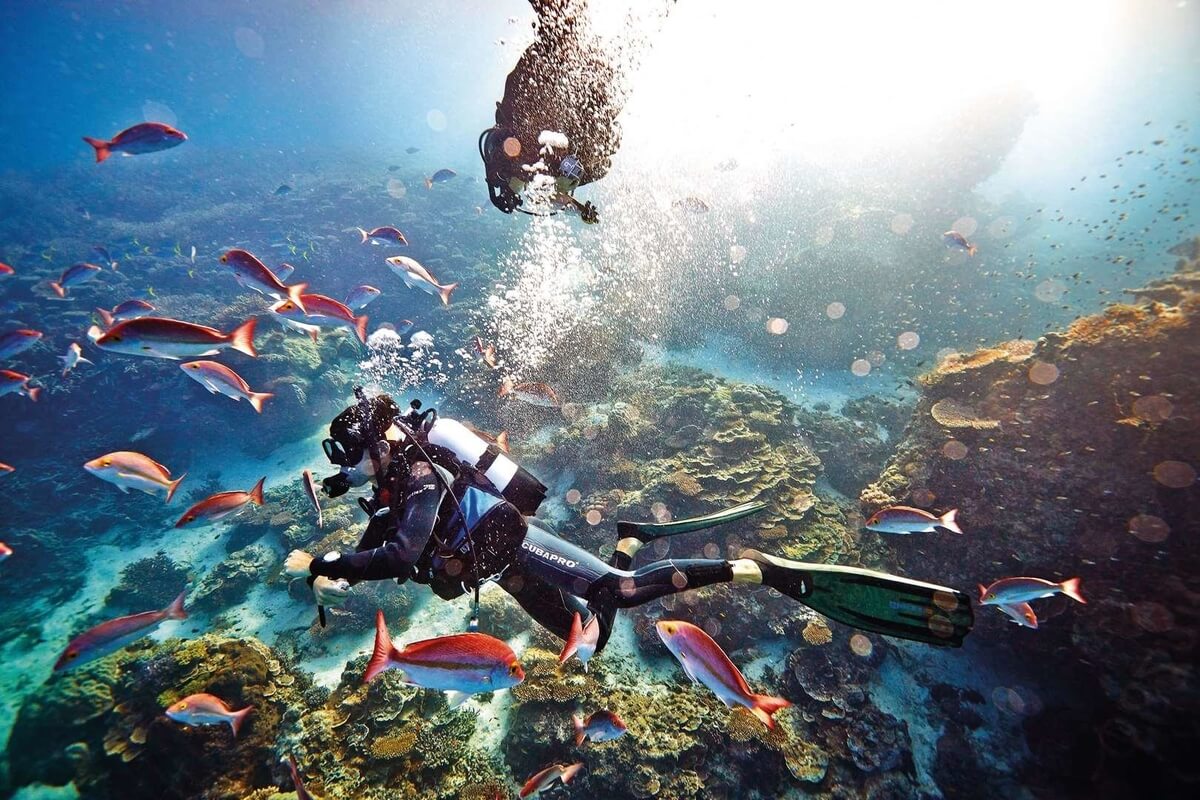
Embark on an extraordinary underwater journey as we delve into the world of scuba diving in the Great Barrier Reef. Stretching over 2,300 kilometers along the northeastern coast of Australia, the Great Barrier Reef stands as the largest living structure on Earth. Its mesmerizing beauty and remarkable biodiversity make it a sought-after destination for divers from around the globe.
Within the depths of these azure waters lies a thriving ecosystem brimming with marine life seldom found elsewhere. The Great Barrier Reef offers a kaleidoscope of colors, vibrant coral gardens, and an impressive variety of tropical fish, making every dive a captivating exploration of nature's wonders.
One of the remarkable aspects of diving in the Great Barrier Reef is the careful preservation of its dive sites. Much of the reef falls within the Great Barrier Reef Marine Park, providing protected status to many areas. This commitment to conservation ensures that divers can witness the reef's magnificence in its pristine state, with thriving coral formations and abundant marine species.
But the allure of scuba diving in this iconic destination extends beyond the boundaries of the Great Barrier Reef itself. Just beyond the reef lies the Coral Sea, a hidden gem boasting a collection of scattered reefs and atolls.
These rarely visited dive sites offer a sense of seclusion and the opportunity to encounter untouched underwater wonders. Explorers can dive amidst breathtaking coral walls, explore dramatic drop-offs, and marvel at the diverse array of pelagic species that call this region home.
Join us as we dive into the depths of the Great Barrier Reef, where adventure and natural beauty converge to create an unparalleled scuba diving experience.
When Is The Best Time To Dive In The Great Barrier Reef?
With Queensland's tropical climate, the Great Barrier Reef and Coral Sea offer superb diving opportunities throughout the year. However, the conditions and marine species vary between the seasons, making certain times more favorable for specific experiences.
The summer months from December to February bring warmer waters and excellent visibility, making it an ideal time for diving. Divers can enjoy the comfortable temperatures while exploring the vibrant underwater world of the Great Barrier Reef. Additionally, this period offers a chance to encounter a variety of marine life, from colorful fish to stunning coral formations.
On the other hand, the cooler winter months of March to November provide a unique opportunity to spot large marine mammals, such as humpback and minke whales. These majestic creatures migrate through the area during this time, offering a breathtaking spectacle for divers. The calm and clear waters of winter create perfect conditions for witnessing these gentle giants up close.
It's worth noting that the Great Barrier Reef can be dived year-round, and each season has its own charms. Planning your diving adventure in this natural wonder requires careful consideration of the best time to dive.
Here are some factors that are important to note to help you make the most of your experience in this iconic underwater realm.
Dive Sites For Every Level
Diving depths within the Great Barrier Reef typically range from 30ft to 100ft. This range accommodates divers of different skill levels, making it accessible for beginners and more experienced divers alike.
- Beginners- The Great Barrier Reef offers an abundance of dive sites suitable for those new to diving. These sites provide a safe and awe-inspiring environment for beginners to explore and discover the wonders of the underwater world.
- Remote Reefs for Experienced Divers- More remote locations, such as the famed Osprey Reef, present thrilling opportunities for experienced divers. These reefs boast captivating dive sites that require a higher level of skill, offering a sense of adventure and unique encounters with marine life.
- Ribbon Reefs for Advanced Divers- The Ribbon Reefs, known for their stunning coral formations and diverse marine ecosystems, provide a haven for advanced divers seeking a challenge. Here, you can push your limits and witness the extraordinary beauty of the reef at its finest.
Best Scuba Diving Season
The Great Barrier Reef welcomes divers throughout the year, but certain seasons offer optimal conditions for an unforgettable diving experience. If you want to know when is the prime scuba diving season, it's definitely mid-August to mid-December.
These seasons are widely regarded as the best time to dive in the Great Barrier Reef. During this period, divers can expect excellent visibility, comfortable water temperatures, and a myriad of marine encounters.
- Winter Season (April to September) - This season brings dry, sunny weather, creating an inviting atmosphere for divers. However, it's important to note that strong winds can occasionally occur, particularly in the later months.
- Summer Season (October to May)- The summer season offers warm temperatures and occasional rain showers. While short-lived heavy rains may interrupt the day, the majority of the time is sunny, providing ample opportunities for diving adventures.
Visibility And Timing
Visibility underwater varies depending on the location. Inshore day trips generally offer visibility between 50ft and 100ft, allowing divers to appreciate the beauty of the reef and its marine life.
For those venturing to liveaboard sites in the Coral Sea, visibility can reach an impressive 150ft, offering an enhanced diving experience.
- Ribbon Reef Visibility- For the best visibility and an immersive diving experience, plan your visit to the Ribbon Reefs between September and November. During this period, visibility is enhanced, allowing you to witness the vibrant colors and intricate details of the reef's ecosystem.
- Coral Sea Visibility - If you're keen to explore the famous Osprey Reef and the Coral Sea, aim for a diving expedition between June and September. These months offer excellent visibility, enabling you to marvel at the wonders of the deep sea.
Temperature
Air temperatures throughout the year, the Great Barrier Reef region enjoys a pleasant climate with air temperatures ranging from 73°F to 84°F (23°C to 29°C). These comfortable temperatures contribute to an enjoyable diving experience and ensure that you can fully immerse yourself in the beauty of the underwater world.
As you plan your scuba diving adventure in the Great Barrier Reef, consider the dive sites suited to your skill level, the best scuba diving season, and the optimal time for visibility.
Scuba Diving In The Great Barrier Reef
Explore the incredible underwater wonders of the Great Barrier Reef through these diverse dive sites. From vibrant reefs to historic shipwrecks and awe-inspiring underwater art, each location offers a unique and unforgettable diving experience.
Agincourt Reef
Great Barrier Reef's Northern End, Near Cairns
Agincourt Reef, situated at the northern end of the Great Barrier Reef, is a diver's paradise. Whether you're a beginner or an experienced diver, this spot has something for everyone.
Dive or snorkel on the edge of the continental shelf, where an abundance of technicolored fish, graceful sea turtles, and even reef sharks await.
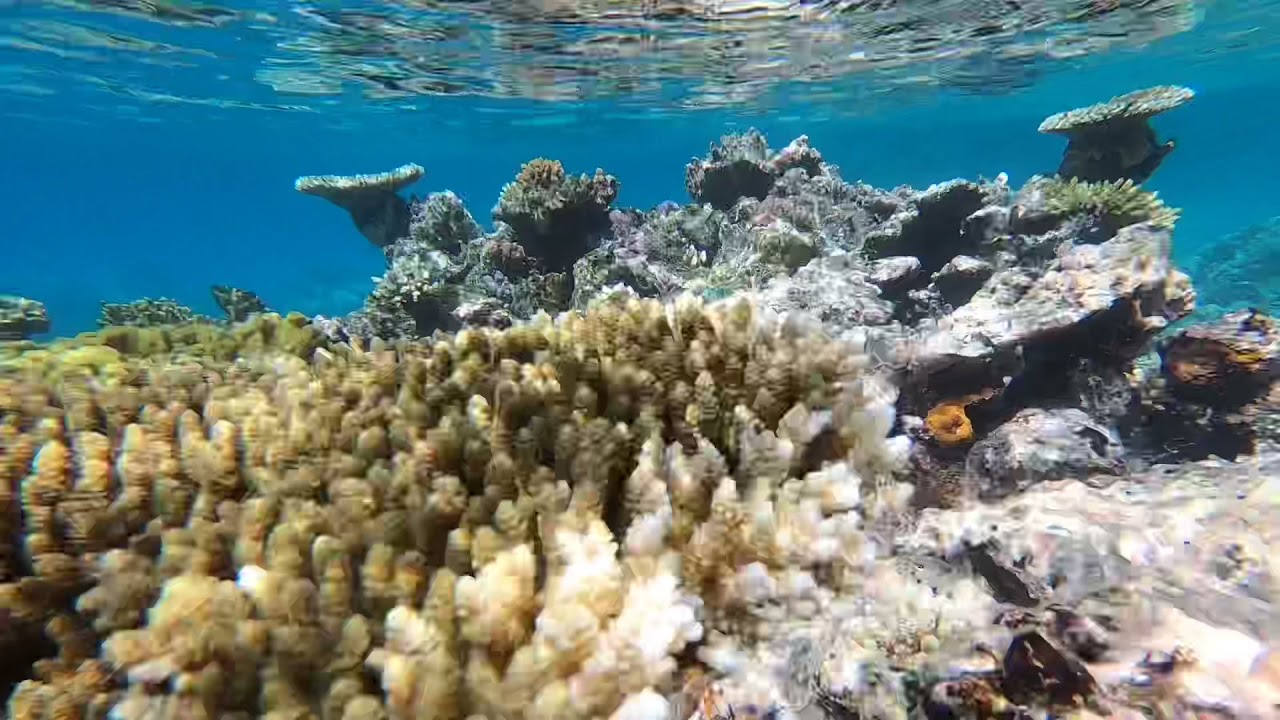
Diving Agincourt Reef
The crystal-clear waters provide excellent visibility, allowing you to immerse yourself in the vibrant marine ecosystem. And don't miss the breathtaking Blue Wonder wall, a vertical coral garden that drops over 40 meters (131 feet), offering a truly mesmerizing sight.
Cairns and Port Douglas are ideal bases for diving Agincourt Reef. Most tours depart from Port Douglas, but arrangements can be made for pick-up from your Cairns accommodation. Immerse yourself in this underwater wonderland and experience the unparalleled beauty of the Great Barrier Reef.
SS Yongala Shipwreck
One Hour South Of Cairns Near Townsville
Discover the blissful Magnetic Island, just a short distance from Townsville, and venture into the depths to explore the hauntingly beautiful SS Yongala shipwreck.
Sunk in 1911, this historic wreck is Australia's largest and most intact, offering a unique underwater sanctuary for marine life.
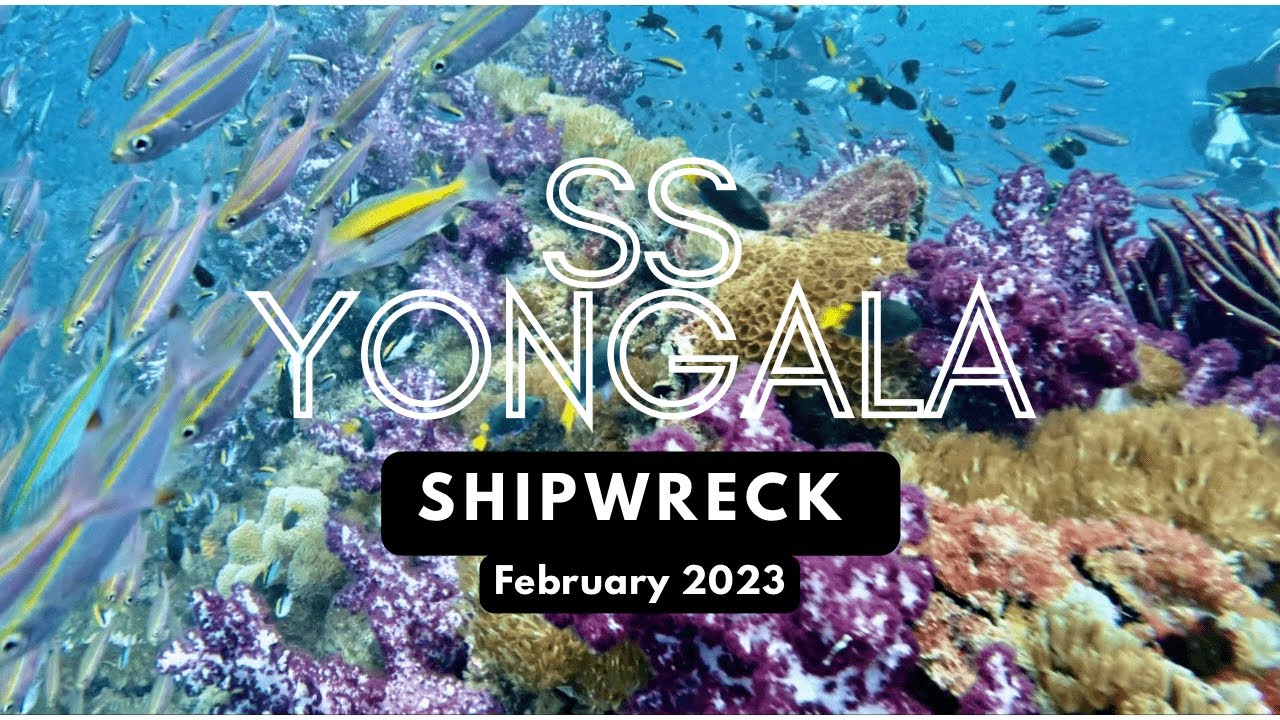
SS Yongala Dive 2023 || Shipwreck Diving
Swim among manta rays, eagle rays, turtles, and sharks that have made this iconic structure their home. The SS Yongala is protected by legislation, ensuring its preservation and ecological significance. As a result, divers can only visit on day trips with licensed operators, such as Yongala Dive, adding to the exclusivity and excitement of the experience.
Take a dive into history as you explore the SS Yongala, witnessing the remarkable fusion of nature and maritime heritage beneath the sea.
Whitsunday Islands
74 Palm-fringed Islands In The Great Barrier Reef
Immerse yourself in the tropical paradise of the Whitsunday Islands.
A collection of 74 palm-fringed islands in the heart of the Great Barrier Reef.
From Airlie Beach, the gateway to this breathtaking archipelago, embark on diving trips and day cruises that will transport you to an underwater wonderland.
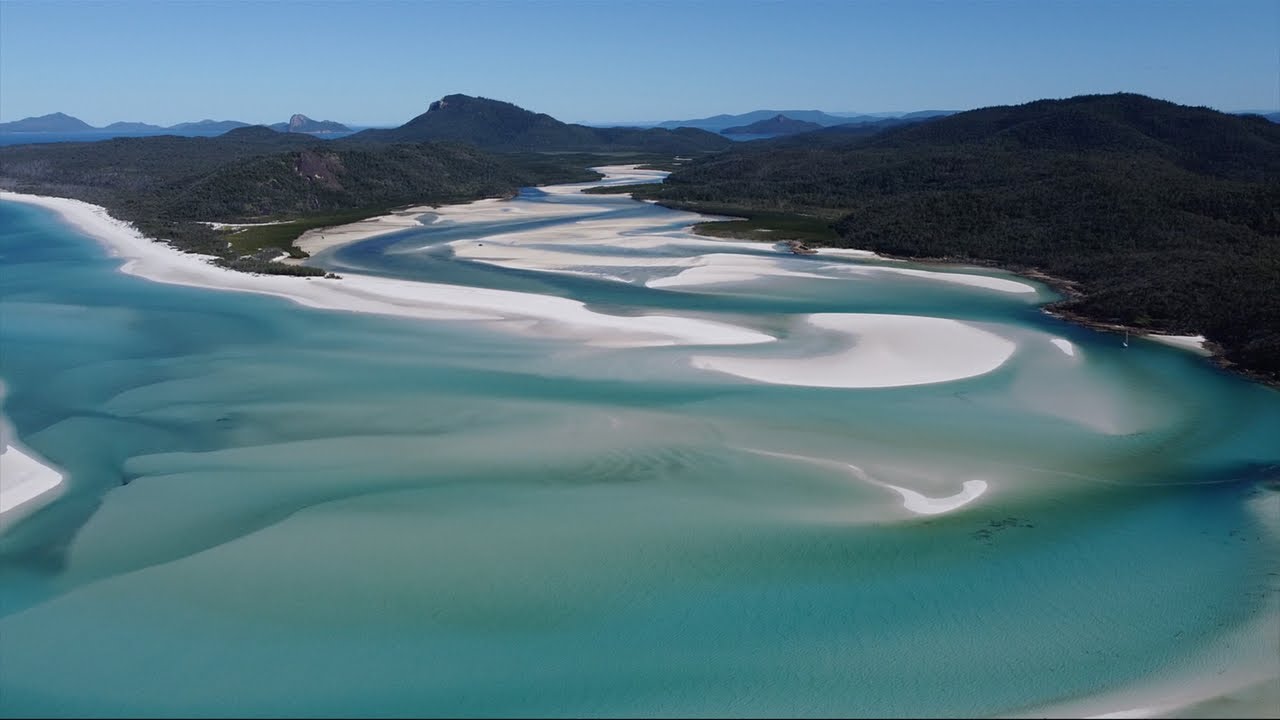
Scubadiving the Whitsundays, Great Barrier Reef Australia
The Whitsundays cater to every diver's preference, offering a range of dive sites. Explore flat-topped coral pinnacles, where colorful coral gardens flourish and an array of marine life thrives. Dive along shallow underwater cliffs, revealing hidden nooks and crannies teeming with vibrant fish species. Encounter unique bommies, large coral formations rising from the ocean floor, providing shelter for diverse marine ecosystems.
While exploring the underwater wonders of the Whitsundays, keep an eye out for magnificent manta rays gliding gracefully through the water and schools of playful batfish adding a touch of vibrancy to the coral landscape. The pristine beauty and diversity of the Whitsunday Islands promise an enchanting diving experience.
Museum Of Underwater Art
John Brewer Reef, Off The Coast Of Townsville
Leave behind the traditional museum setting and immerse yourself in an extraordinary underwater art experience at The Museum of Underwater Art (MOUA).
Descend into the depths of John Brewer Reef, off the coast of Townsville, where a captivating exhibit awaits.
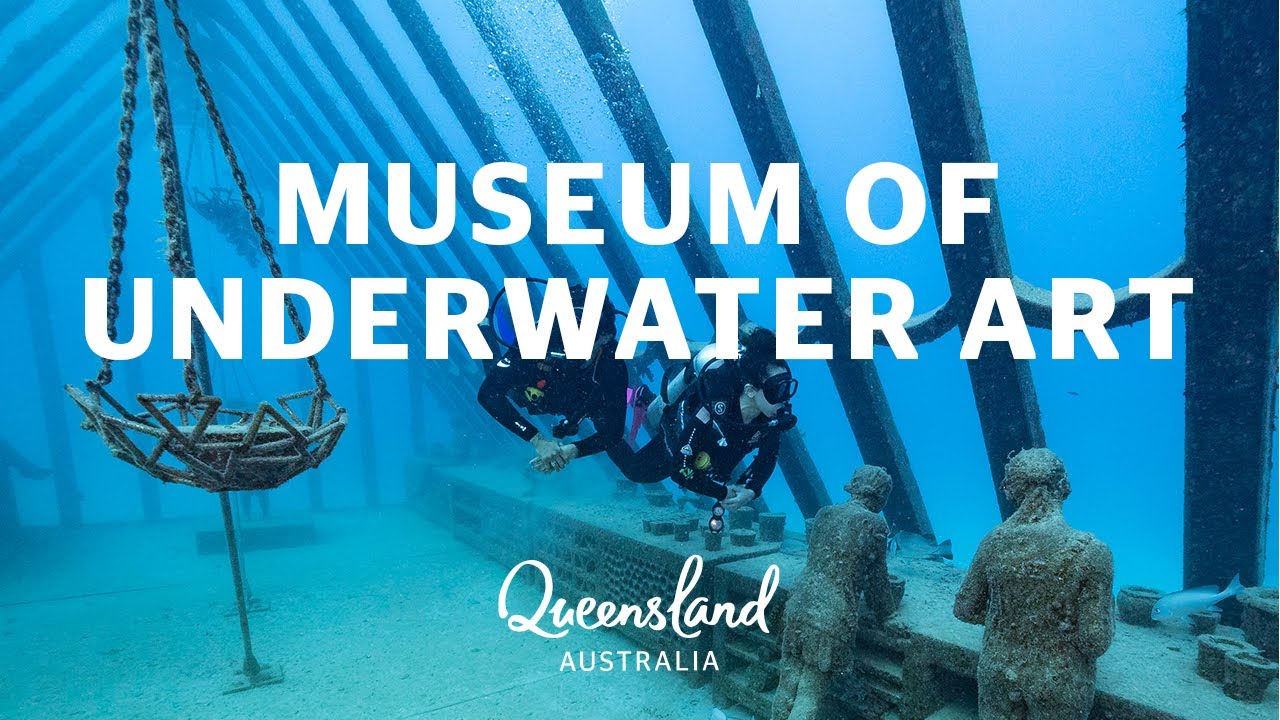
Discover the Museum of Underwater Art
One of the prominent features of MOUA is the Coral Greenhouse sculpture, a 9-meter (30-foot) stainless steel structure designed to harmonize with the ocean's undercurrents. Swim among the intricate details of this awe-inspiring artwork, observing the way it interacts with the surrounding marine life.
While the Coral Greenhouse can be appreciated with a snorkel, diving allows for a thorough exploration of its beautiful details, giving you a unique perspective on the convergence of art and the underwater world.
Discover the profound connection between art and nature as you explore MOUA's remarkable sculptures, witnessing firsthand the merging of creativity and the mesmerizing marine environment.
Capricorn And Bunker Reefs
Southern Great Barrier Reef Region
Immerse yourself in the wonders of the Southern Great Barrier Reef as you dive into the natural splendor of the Capricorn and Bunker reefs.
Meet the local nesting turtles, observe rare bird species, and witness passing whales during their migratory season.

How to dive the Southern Great Barrier Reef
The relatively shallow waters of the Capricorn and Bunker reefs create a thriving ecosystem. Dive into an underwater wonderland teeming with an abundance of reef fish, graceful turtles, and magnificent manta rays. Explore the intricate coral formations, and be captivated by the vibrant colors and shapes of marine invertebrates that call this region home.
Beyond the underwater delights, the nearby Lady Elliot and Lady Musgrave islands offer additional opportunities for exploration. Swim past towering coral canyons and encounter large fish species. Don't miss the unforgettable experience of witnessing marine turtles nesting and hatching between November and May at Mon Repos Conservation Park, a cherished conservation site in the region.
Discover the magic of the Capricorn and Bunker reefs, where the natural beauty of the Great Barrier Reef unfolds in all its glory.
Tangalooma Wrecks
North Of Tangalooma Island Resort On Moreton Island
Just north of Tangalooma Island Resort on Moreton Island lies the captivating Tangalooma Wrecks, a cluster of ships sunken on the eastern side of Moreton Bay.
As you descend into the depths, you'll notice vibrant coral formations starting to encase the wrecks, creating a haven for over 100 species of fish and even occasional sightings of dolphins, wobbegongs, and dugongs.
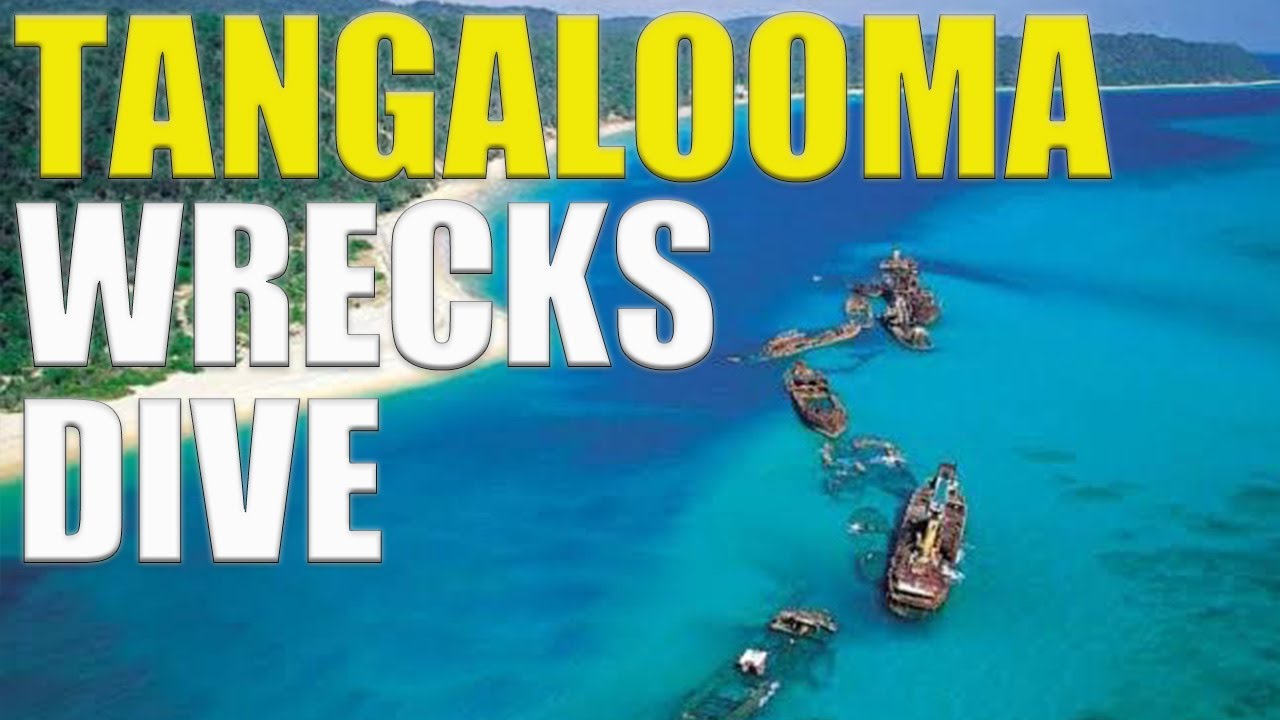
Scuba Diving The TANGALOOMA WRECKS Of Moreton Island 🇦🇺
Immerse yourself in this underwater playground, where loggerhead turtles gracefully glide through the waters, colorful reef fish dart in and out of the coral, and intricate coral structures house a diverse range of marine life. Exploring the Tangalooma Wrecks offers a unique opportunity to witness the beautiful transformation of human-made structures into thriving underwater ecosystems.
For an additional diving adventure, head off the coast of Mooloolaba and swim through large coral formations and caves at Flinders Reef. Delight in the vibrant marine life that has made the scuttled former HMAS Brisbane their home, offering an exciting glimpse into the underwater world.
Dive into the wonders of the Tangalooma Wrecks and surrounding areas, where every moment underwater promises a new discovery and an appreciation for the beauty of marine life.
Wonder Reef
Near The Gold Coast's White Sandy Beaches
Discover Wonder Reef, a world-first marvel located just meters away from the picturesque white sandy beaches of the Gold Coast.
This extraordinary underwater ecosystem is adorned with nine stunning underwater sculptures, creating the world's first buoyant reef designed to benefit both marine life and divers.
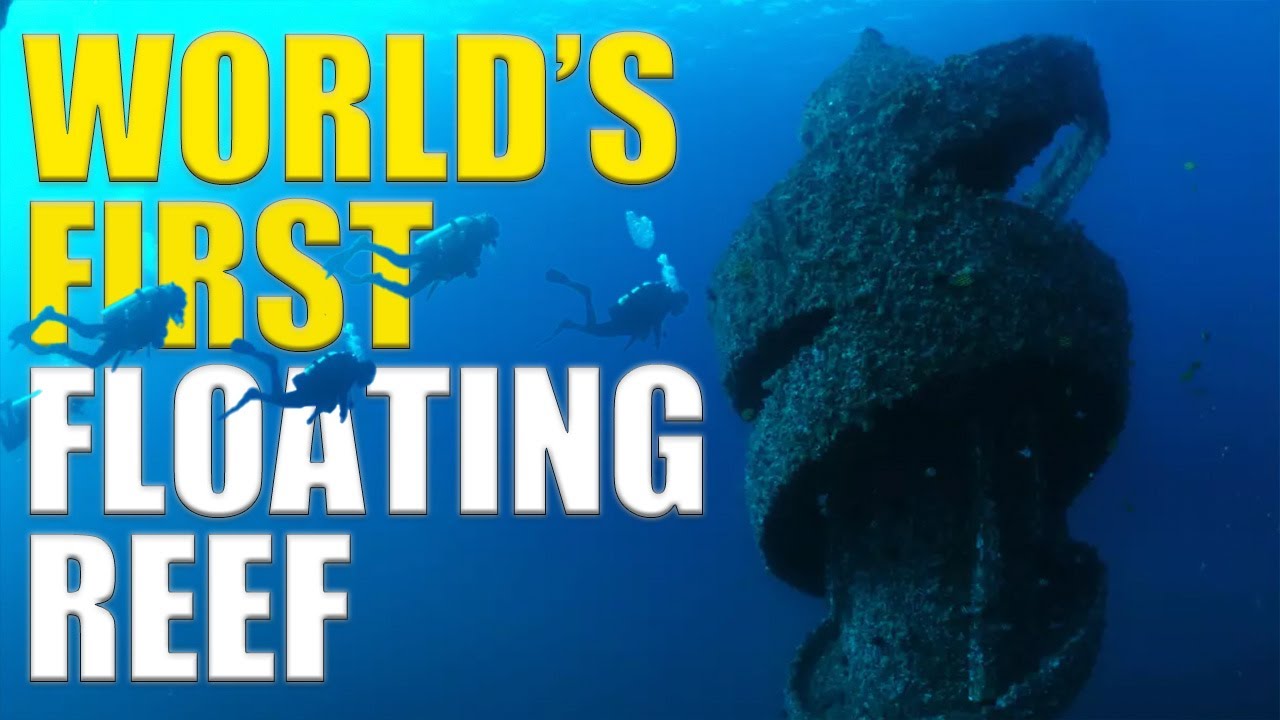
Scuba Diving The WORLD'S First FLOATING REEF!! - Wonder Reef 🇦🇺
As you explore the depths of Wonder Reef, you'll witness the ever-evolving coral-coated sculptures that blend the realms of science and art. Each sculpture attracts a myriad of marine life, creating a vibrant and captivating underwater world. Dive into this oceanic masterpiece, immersing yourself in the unique ecosystem where art and nature harmoniously coexist.
Embark on a journey to Wonder Reef and experience the ocean's very own work of art, a testament to the beauty and resilience of the Great Barrier Reef.
People Also Ask
Why Do People Scuba Dive In The Great Barrier Reef?
People scuba dive in the Great Barrier Reef to experience its breathtaking beauty and rich biodiversity.
What Are The Dive Conditions Like In The Great Barrier Reef?
The dive conditions in the Great Barrier Reef offer pleasant water temperatures, good visibility, and varied depth ranges suitable for divers of different skill levels.
Is Great Barrier Reef Diving Safe?
Great Barrier Reef diving can be safe when proper precautions are followed, such as diving with certified operators, having the necessary certifications and skills, and practicing responsible diving behaviors.
Conclusion
In conclusion, scuba diving in the Great Barrier Reef is a truly remarkable experience. With its breathtaking beauty and unparalleled biodiversity, the reef offers divers a chance to explore vibrant coral gardens, encounter majestic marine life, and immerse themselves in the wonders of this natural wonder.
Whether you're a beginner or an experienced diver, the Great Barrier Reef promises unforgettable adventures beneath its azure waters. Dive into the depths of this remarkable destination and discover the magic of scuba diving in the Great Barrier Reef.

Jane Resture
Author
Since she embarked on her first world trip in 2002, Jane Resture spent the past decades sharing her personal journey and travel tips with people around the world. She has traveled to over 80 countries and territories, where she experienced other cultures, wildlife she had only read about in books, new foods, new people, and new amazing experiences.
Jane believes that travel is for everyone and it helps us learn about ourselves and the world around us. Her goal is to help more people from more backgrounds experience the joy of exploration because she trusts that travel opens the door to the greatest, most unforgettable experiences life can offer and this builds a kinder, more inclusive, more open-minded world.
Latest Articles
Popular Articles
